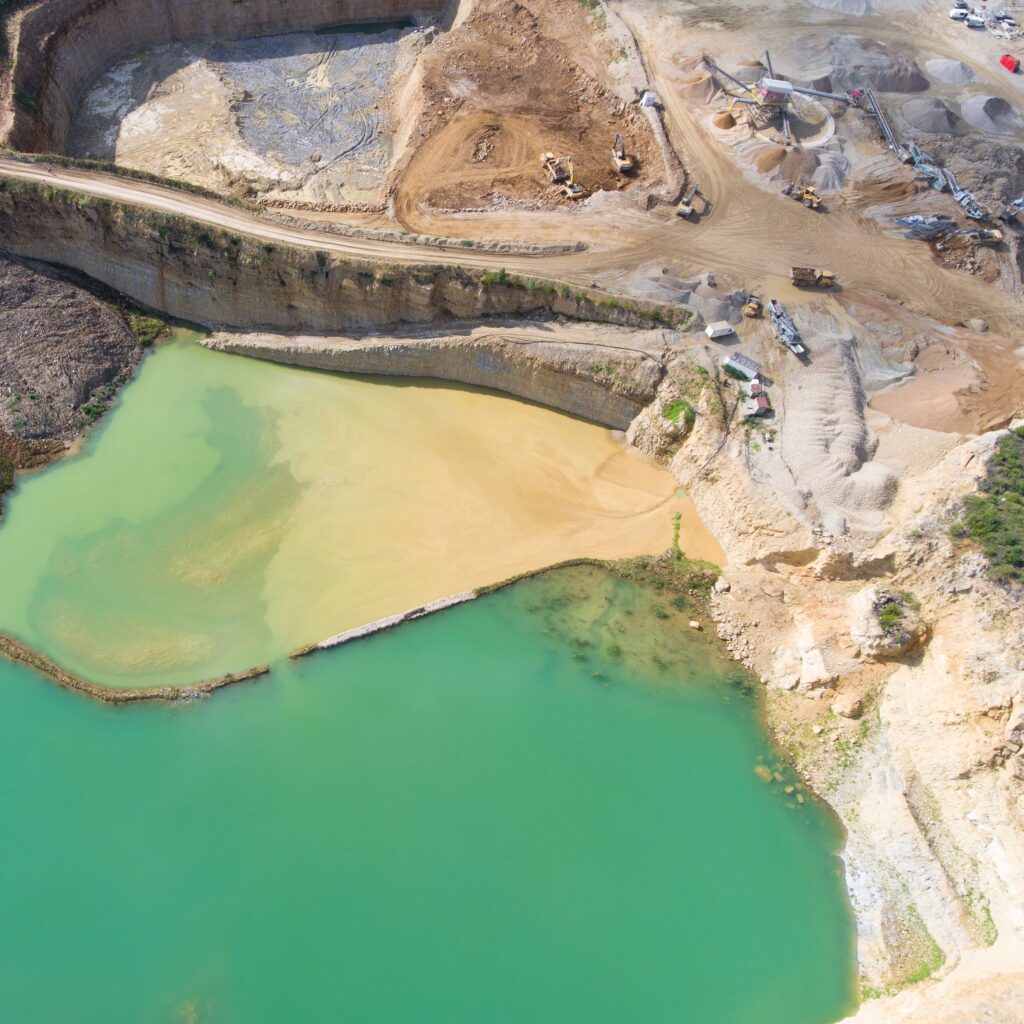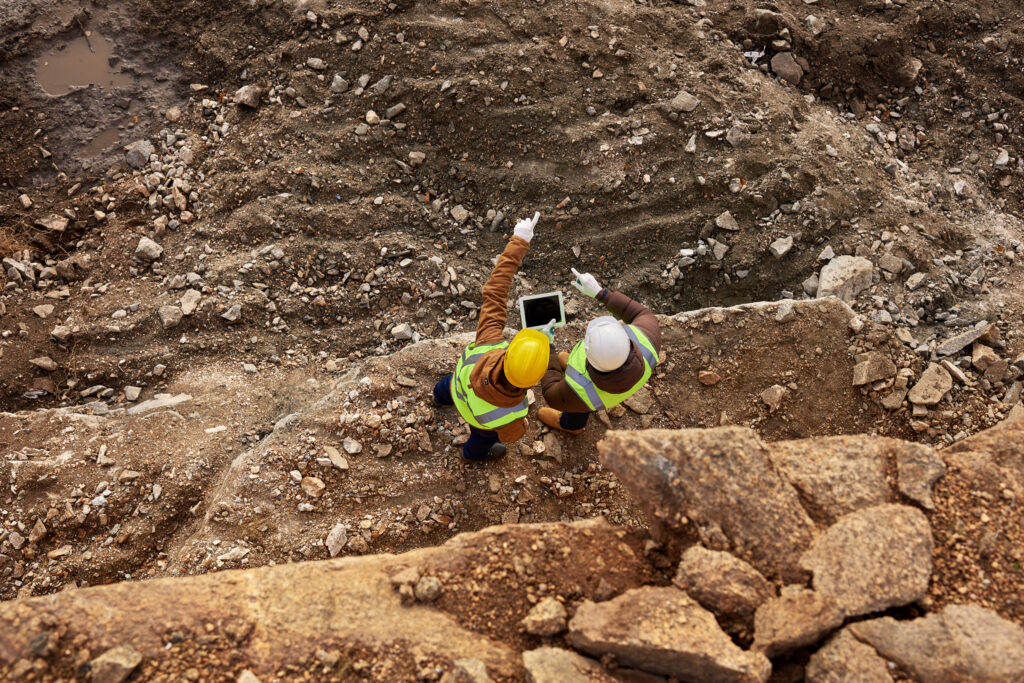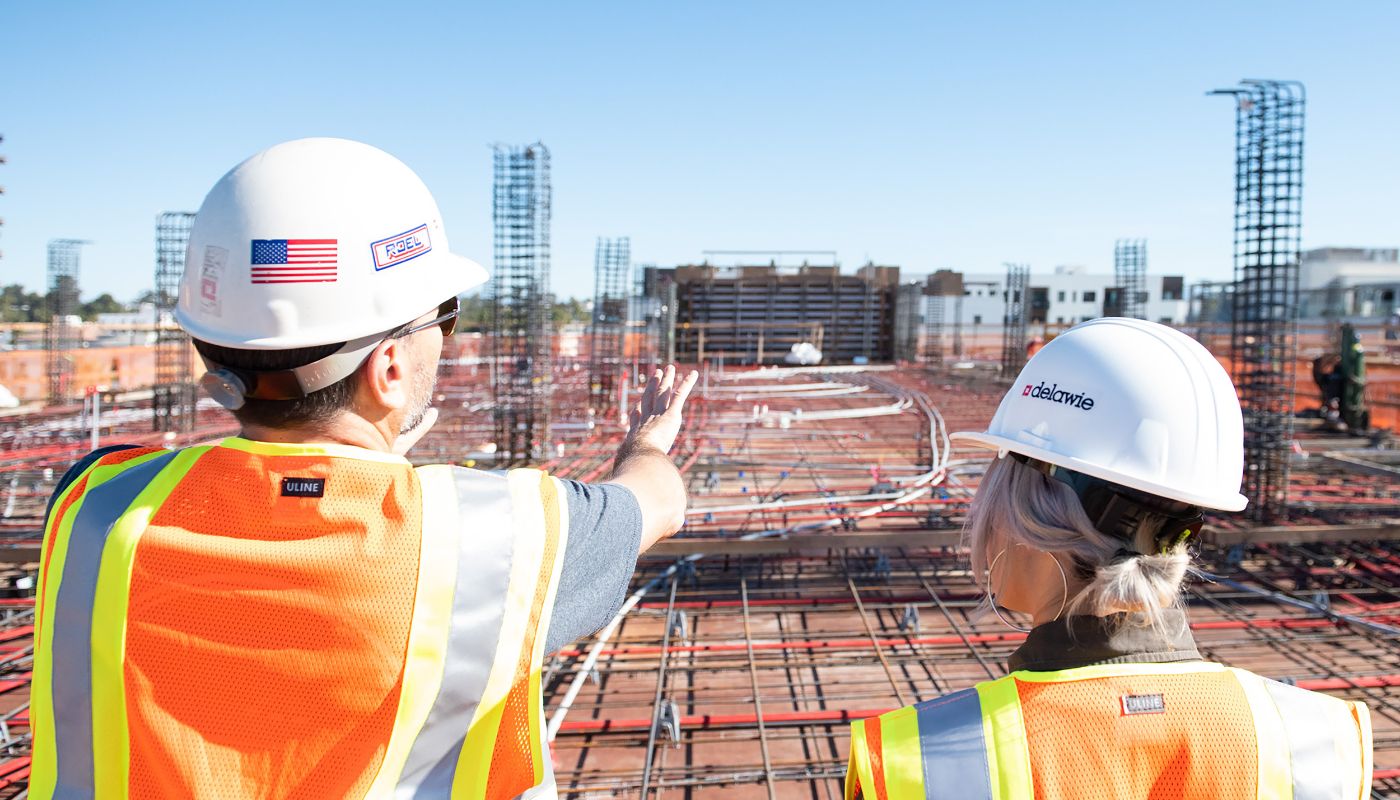When it comes to workplace health and safety, there’s often a big gap between planning and practice, perception and reality.
In industries like mining and construction, where massive machinery, high-grade explosives, heavy objects and colossal heights converge daily, perception and reality simply need to align to keep people safe.
Despite this, research by Edith Cowan University and the Department of Mines, Industry Regulation and Safety (DMIRS) in Western Australia has identified potentially dangerous gaps that exist between employee and management views on OHS, and the expectations of management and how they prioritise worker safety.
Research uncovers perception chasm
The research explored whether the way workers perceived injury risk at their workplace was aligned with results.
Using the Quinlan Ten Pathways to Death and Disaster, researchers surveyed more than 2,000 mining company employees of all levels and asked them to rank their perception of their employer’s performance against each of the Ten Pathways.
Researchers then compared the questionnaire results to an analysis of 71 actual fatalities recorded on the DMRIS’s register over 17 years, undertaken using the same Ten Pathways.
The combined result provided a picture of workplace fatalities and the way people perceived injury risk in mining workplaces. It uncovered useful insights about employee and management views of OHS and real-life fatality outcomes.
It also goes on to pinpoint four critical pathways that mining companies can address to close the gap between OHS perception and practice.
Pathways recommended to prevent fatalities
The research recommended four pathways that needed greater attention by mining companies, based on the analysis against the Ten Pathways. These included:
- Design, engineering, technical and maintenance – addressing flaws from poor decision making or issues that should have been identified before the fatal incident.
- Safety management system – reducing a focus simply on metrics like behavioural change, Lost Time Injuries (LTIs) and poor key performance indicators, which can lead to complacency. Instead, it recommended focusing on ensuring well-documented procedures are in place and, importantly, updated when major changes to work design occur. For example, if there is an increased use of contractors.
- Auditing – ensuring OHS systems are designed and implemented effectively and independently audited by qualified personnel. The research noted that overly routinised audits, which do not act on information, risk overlooking catastrophic hazards.
- Poor management (communication and trust) – ensuring systems and processes are in place to foster a collaborative and transparent work environment.
Poor management received low scores from mining employees, despite those in leadership roles (i.e., superintendents and managers) scoring their organisations performance higher on this pathway.
Researchers said this suggested communication and cultural issues within many mining organisations, which could impact the flow of critical information to and from the workers and the willingness of workers to act on that information.
Technology solutions to help close the gap
As a priority outcome, the research sends a warning to mining companies to review their OHS processes and practices with the findings in mind. That’s where technology can play an important role in supporting this change in the following three ways.
Improve communication and information flow
Mixed messages, inconsistent messages and lack of engagement were all reported to which undermine the participation of workers and impact health and safety outcomes in the mining sector. A technology solution like INX InControl can bridge the communication divide between on-the-ground staff and management by providing an easy-to-use, intuitive system through which to share information.
On-site incidents can be reported and escalated to a safety advisor immediately, so they can take the right step to mitigate the risk and improve the safety processes to make sure that the same issue does not happen again. Management can also create, assign and complete actions with the click of a button, ensuring the right action is taken at the right time.
Employees are also directly engaged as everyone with access to the software can take a photo with their phone and log a report or issue with the right person to make sure that it is taken care of.
Managers have greater insight into safety culture, as reports and graphs can be generated and with other tools like the +BI dashboard visualisation solution.
Automate tracking and auditing capacity
The research report recommended all mining companies implement a ‘Plan, Do, Check, Act’ model, with auditing to ensure there is continuous improvement and communication being disseminated to all stakeholders. Software solutions are vital to achieve this integration easily and seamlessly.
INX InControl and INX InHealth allows companies to manage everything from incidents to audits all in one place. Audits, meetings, inspections and events can all be set and reviewed and indicators and targets can be tracked to ensure safety management is on track.
Update safety management with ease
With an effective safety system in place, mining companies can focus their energy on ensuring policies and processes are current and reduce risks and mitigate incidents.
Software solutions like INX InControl make updates with ease across your organisation and as your workplace evolves – addressing another one of the critical pathways that was found lacking in the research report.
Read the research report, ‘Fatality risk management: Applying Quinlan’s Ten Pathways in Western Australia’s mining industry’, in Safety Science.














